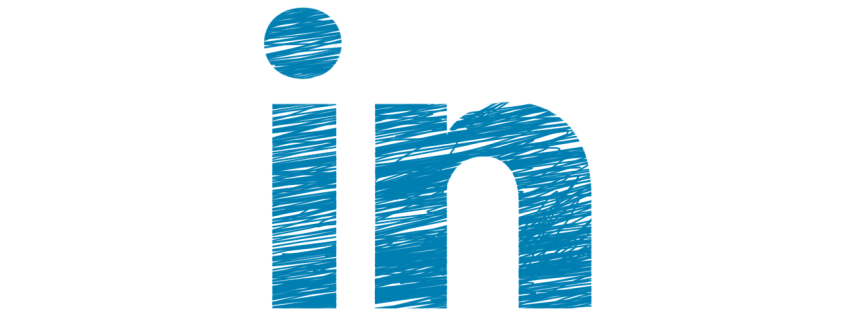LinkedIn seems to be a common topic of conversation lately among colleagues and clients, and more often the focus of that conversation is either, “What mistakes am I making?” or “How can my LinkedIn profile be more effective?” As with all social media sites and marketing ventures, you want to get the highest return possible, and in order to do so you need to fully optimize all available resources. Below are a few tips on how to avoid common mistakes while simultaneously making your profile more effective.
Connection Requests
Most requests to connect I receive are the standard impersonal messages provided by LinkedIn, which do not explain how people know me or why they want to connect. When requesting to connect with an individual, make an effort to personalize the message, especially when you don’t directly know the person. For instance, LinkedIn will suggest connections for you based on people who you share groups or similar interests with, but just because LinkedIn made the suggestion does not mean you can forget manners and professionalism when sending a connection request. People are on LinkedIn for various reasons, but mostly to help each other out and network; a person cannot help you if you don’t explain what you are looking for or what you need from this connection.
Complete Profile
Having a complete profile is vital for many reasons. The first thing anyone sees on your profile is your picture. When engaging in social media, keep in mind the word “social” — people want to connect with people, not a white silhouette. More importantly (especially for those using LinkedIn to gain clients) people trust people, not poorly managed accounts that lack any human insight. The profile picture stands out from all the text within the profile and adds that level of humanity people are looking for.
Next, be sure to list your title, company (including a link to your company LinkedIn page when possible) and the industry you are in. In the body of the profile, list all you have accomplished professionally along with your skills and expertise. LinkedIn is a professional networking channel, and therefore it is necessary to provide and explain your professional experience and what you have to offer your connections. From these summaries and descriptions, individuals will be able to learn how they can mutually benefit from having you as a connection.
Another benefit to ensure your profile is as complete as possible is to make sure you stand out in searches. With “225 million members in over 200 countries and territories around the globe,” you want to ensure your LinkedIn profile is found not only when people search for you by name, but when they search for your company, industry, skills or areas of expertise. The text within your profile will have various keywords that LinkedIn’s search will pick up and filter back in search results. The more keywords your profile has, the better the chance you will show up in the desired search results.
Updates
When posting an update, use concise intros that are likely to engage the reader. The content should be easily digestible and quick to consume, but also of high quality. You can engage through posts by asking thoughtful and provoking questions to involve your audience, or including a call to action when appropriate. Whenever possible, always include images with posts in order to draw people’s attention. LinkedIn research shows that a post has a 98% higher comment rate when it includes an image.
Be Active, Not Passive
Social media continues to evolve, and we need to evolve with it to be able to play in the game. Audiences are watching the players on the field, not the ones on the sidelines. By being resourceful, professional and engaging, your LinkedIn profile will become a much more effective tool for building and maintaining your professional relationships.
Cheryl Joost is the Social Media Manager at Jennifer Connelly Public Relations (JCPR). Follow Cheryl on Twitter @CherylJCPR.

